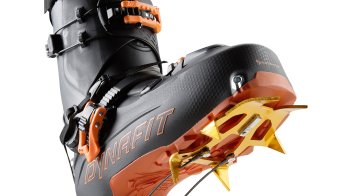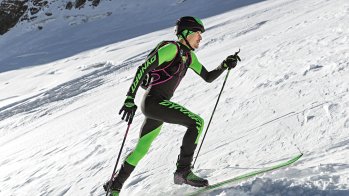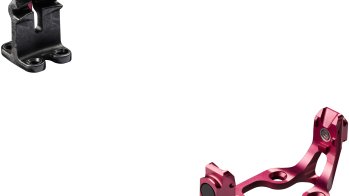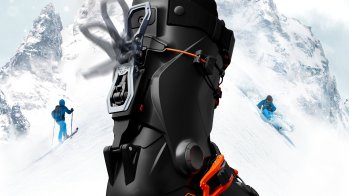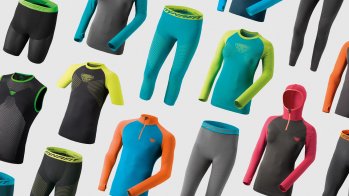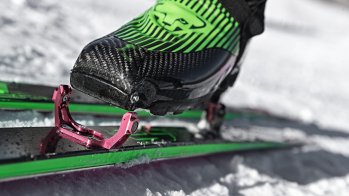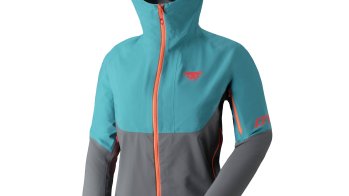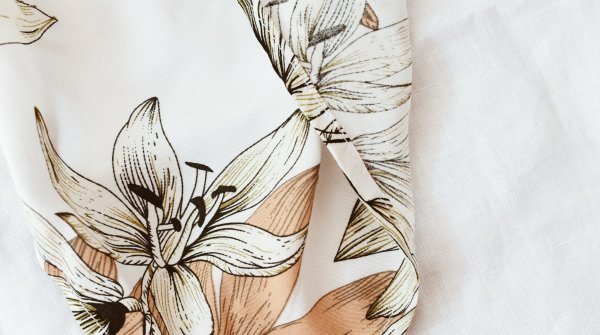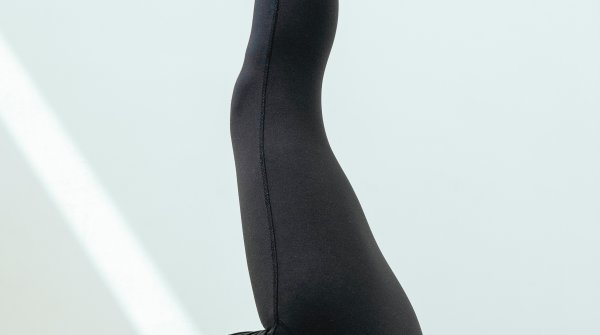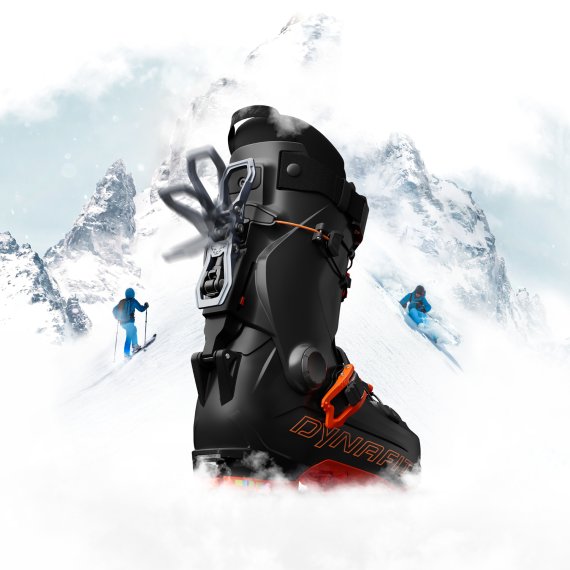
Take a visionary professional freerider and a renowned low-tech inventor and lock them in the design lab for a few months: that’s how you get products that really are different, not just minor improvements on previous models. That’s exactly what Dynafit did, having athlete Eric “Hoji” Hjorleifson and shoe developer Fritz Barthel doing extensive experimenting, testing, and fine-tuning. The result is the ski touring boot Hoji Pro Tour, an alpine ski touring boot that combines several brand-new features.
“The basic requirements for a touring boot are easy handling, a perfect fit for downhill descents in the powder, and extreme light weight and mobility on the ascent. We worked on all these requirements and developed a shoe that sets new standards at the same time with the Hoji Pro Tour,” says Chief Developer Fritz Barthel with conviction.
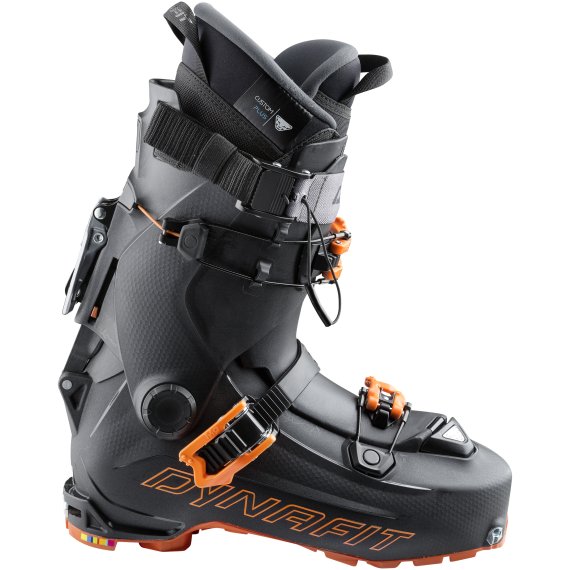
Which components does the Hoji Lock system combine?
Fritz Barthel: The Hoji Lock system combines the shaft, spoiler, and shell without backlash, which means the result is a close connection of these three components that completely prevents the shaft from “wobbling,” which inevitably occurs with conventional touring boots and also increases over their service life. This results in a stiffness and a harmonious flex, which are otherwise only available in high-quality alpine boots. Moreover, the top buckle and the power strap are connected to the Hoji Lock, which releases its firm hold when switching to the Walk mode, making for incredible shaft mobility. Switching from walking to riding and back can be done with a lever. No more fumbling with clammy fingers on a thousand buckles and straps.
Dynafit presents ascent and descent oriented touring ski boot
Which components of the boot let you save so much weight?
Fritz Barthel: The Hoji Lock entails other static conditions that are completely different from “normal” ski boots. This significantly reduces the load on both the shaft joint and the shaft, so that a significantly lower weight is achieved without using exotic materials and with lower wall thicknesses, but this high rigidity can still be achieved.
The features in overview: The Hoji Pro Tour (in a size 10) weighs in at 3.2 pounds. The newly designed V-shaped tongue and a shaft rotation of 55 degrees offer the necessary flexibility for the ascent. It also used tried and tested technology: The “Speed Nose” ensures agility and dynamism in the Hoji with its reduced toe and offset rotation point.
The innovation for the change to the dynamic Downhill mode is called the “Ultra Lock Strap,” and consists of a technically sophisticated cable system that operates the entire shaft. Thanks to the patent-pending Hoji Lock system, it’s quick and easy to switch between uphill and downhill with a single kick. The ski walking mechanism is connected to the buckles and Ultra Lock Strap via a technically sophisticated cable system.
This way, even when going downhill in demanding terrain, top performances are possible and the Hoji allows freeriders to feel 100% safe. One thing performance-oriented tourers are especially happy about is the fact that the entire mechanism is as easy as pie to operate with one hand and without the annoying need to take off your gloves. This makes it possible to switch quickly yet precisely between ascent and descent mode.
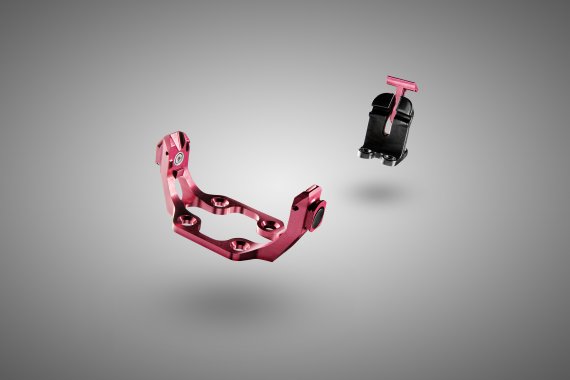
Another technical innovation was incorporated into the sole of the Hoji Pro Tour. The ski touring boot is not only compatible with semi-automatic crampons, but also makes it possible to use the new, ultra-light Cramp-In crampon, developed by sister company Salewa. This option makes negotiating icy passages or steep crossings much easier. The crampon is attached directly to the ski touring boot by means of a special mechanism with a hook and an corresponding insert on the sole, ensuring a reliable and durable fit – attaching with straps or cups are things of the past.
As a proven ski touring specialist, the subject of binding is naturally also a long-standing favorite in the development department at Dynafit. And Dynafit’s also showing where the journey is headed in this sector. The P49 binding virtually represents the further development of the tired, low-tech race binding that’s been customary in elite sports up until now. The special thing about the construction is the reversal of the interplay of pins and inserts. This innovation not only makes it faster and easier to get started with binding, it also made considerable savings in terms of material. The P49 weighs a sensational 49 grams (1.7 ounces), reducing the weight of the competition’s thus far low-tech race bindings by more than half. The buttocks of the bindings have also been completely reworked. The new heel is extraordinarily light at 20 grams and also has more torsional stiffness.
With these new developments, Dynafit once again demonstrates that weight and performance can still be achieved together. This once again underlines the clear mission of the mountain sports specialists. Professional equipment for dynamic mountain sports – by athletes, for athletes: www.dynafit.com.
- ISPO awards
- Mountain sports
- Bike
- Design
- Retail
- Fitness
- Health
- ISPO Job Market
- ISPO Munich
- ISPO Shanghai
- Running
- Brands
- Sustainability
- Olympia
- OutDoor
- Promotion
- Sports Business
- ISPO Textrends
- Triathlon
- Water sports
- Winter sports
- eSports
- SportsTech
- OutDoor by ISPO
- Heroes
- Transformation
- Sport Fashion
- Urban Culture
- Challenges of a CEO
- Trade fairs
- Sports
- Find the Balance
- Product reviews
- Newsletter Exclusive Area
- Magazine

